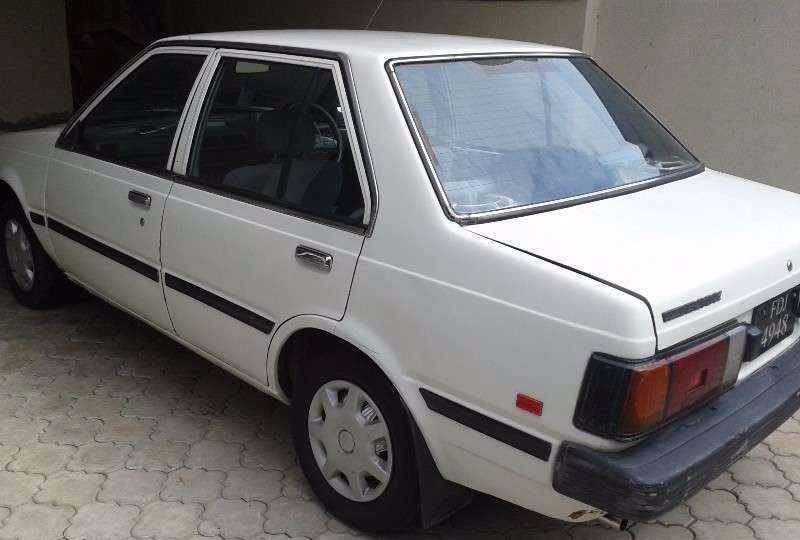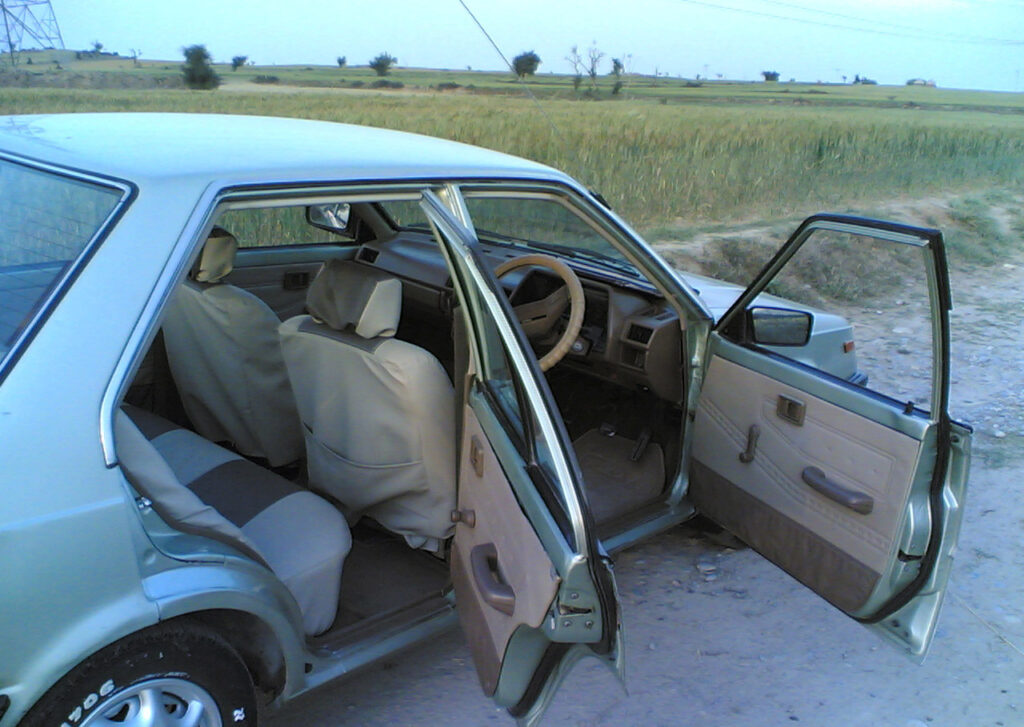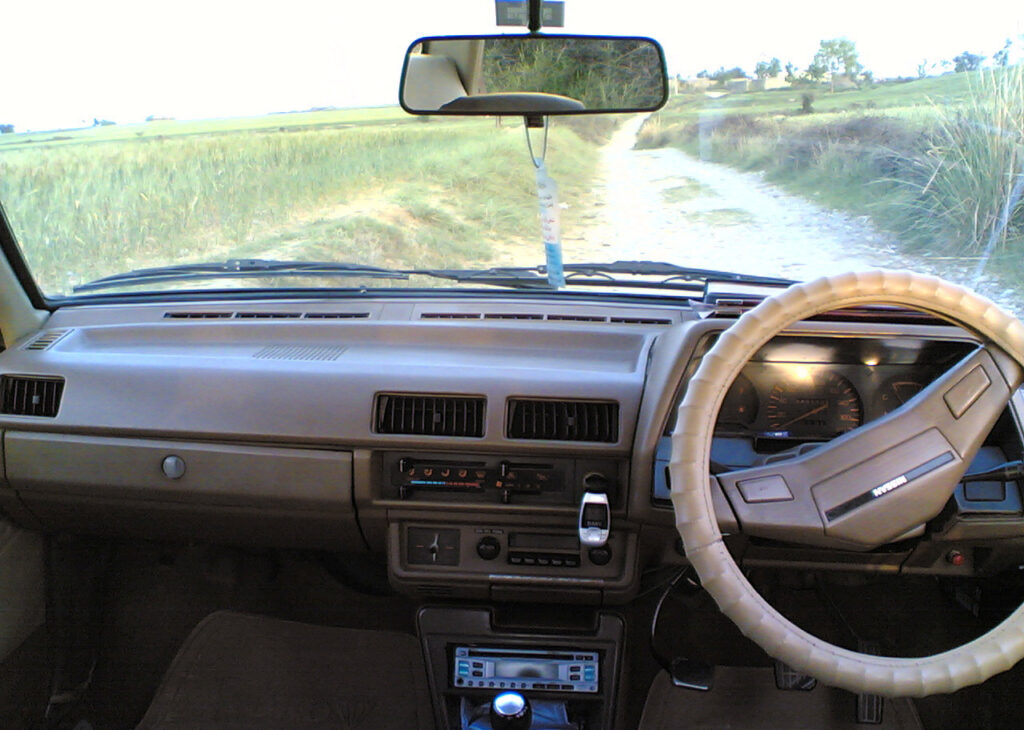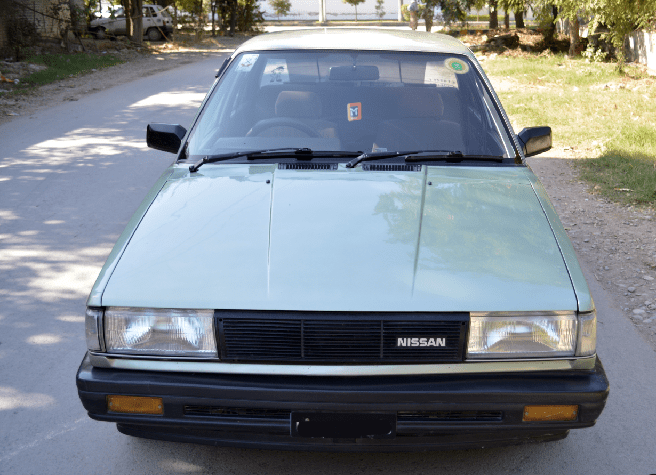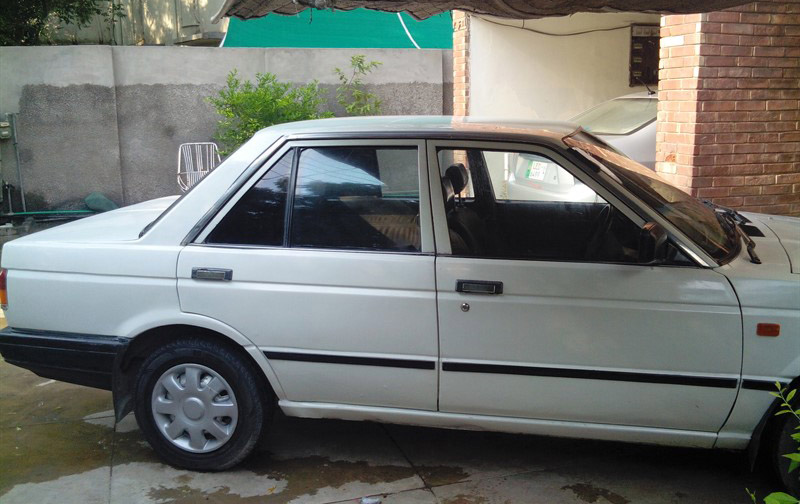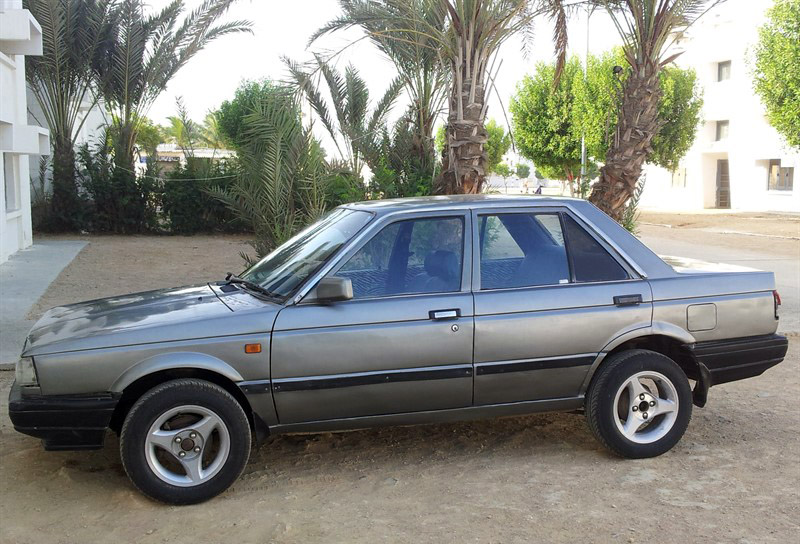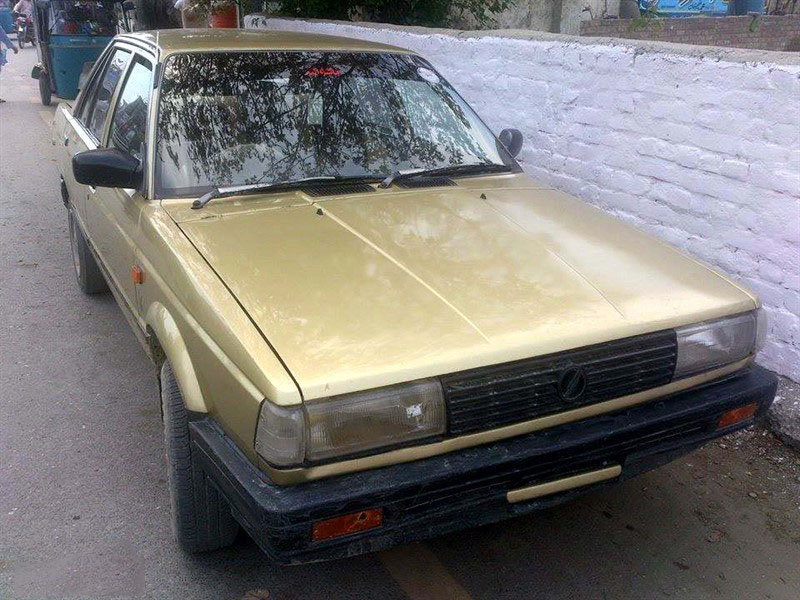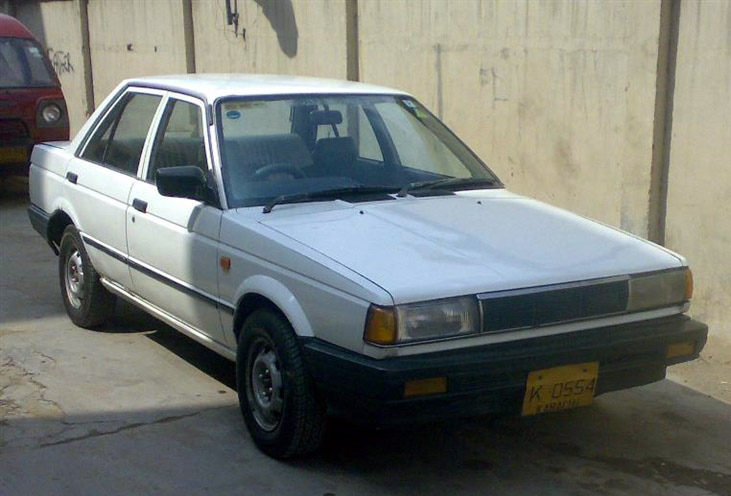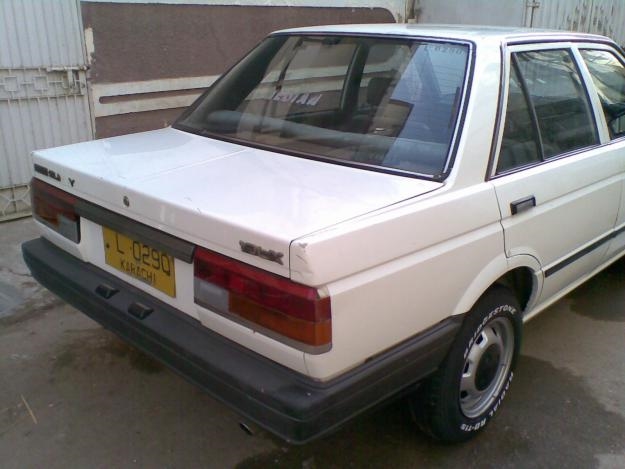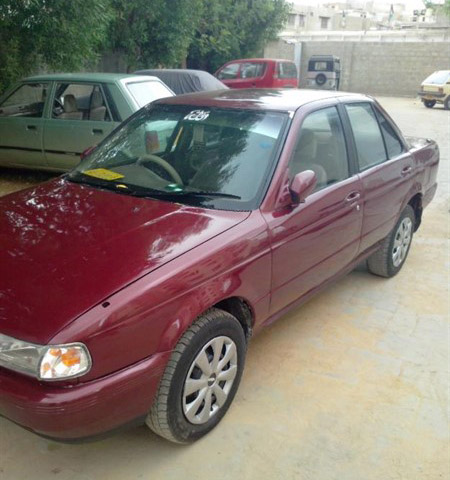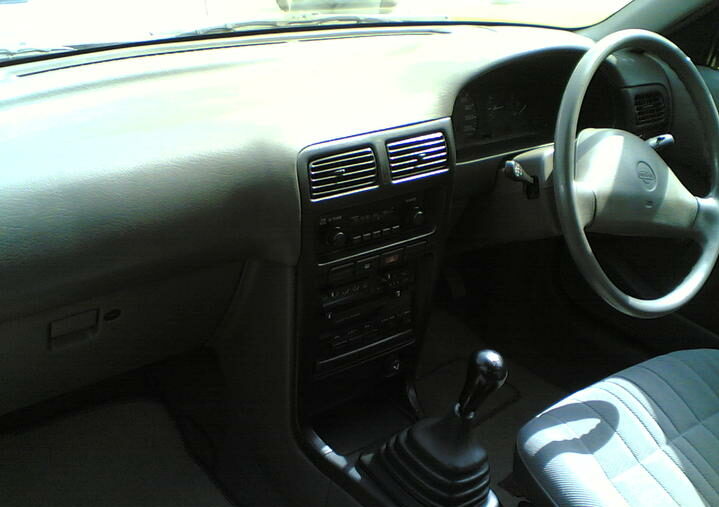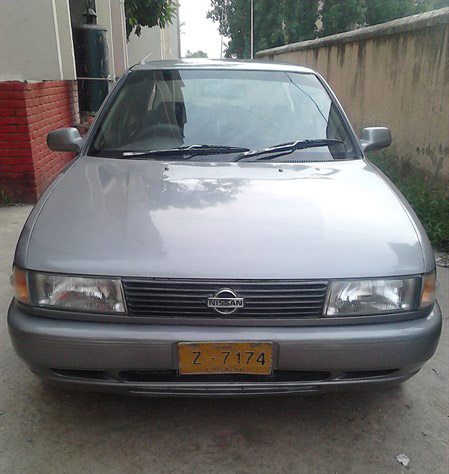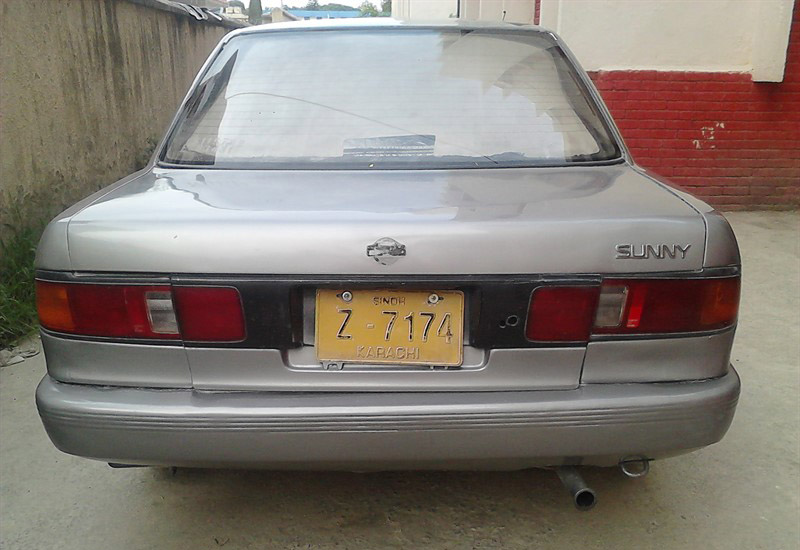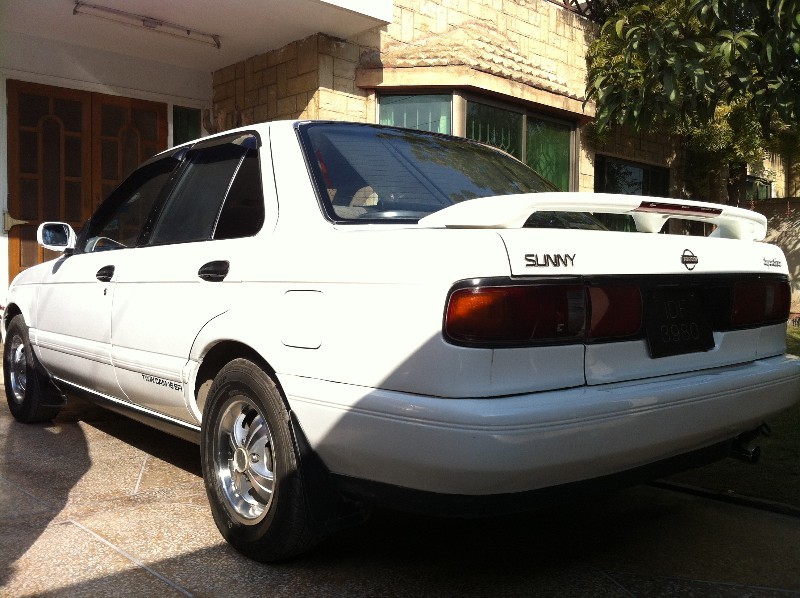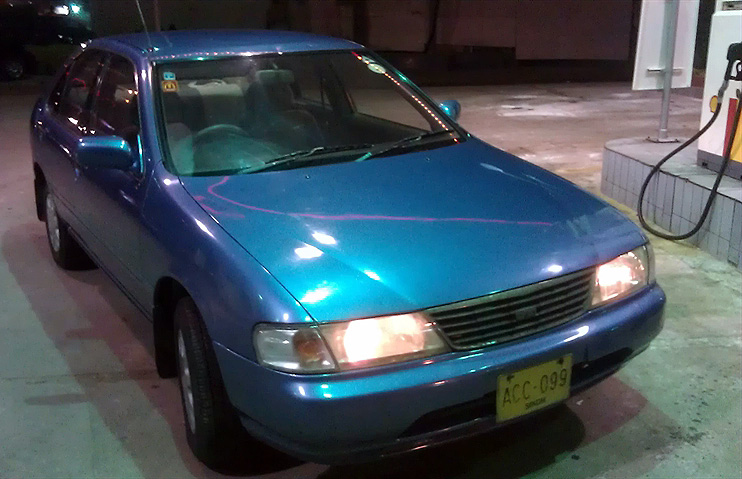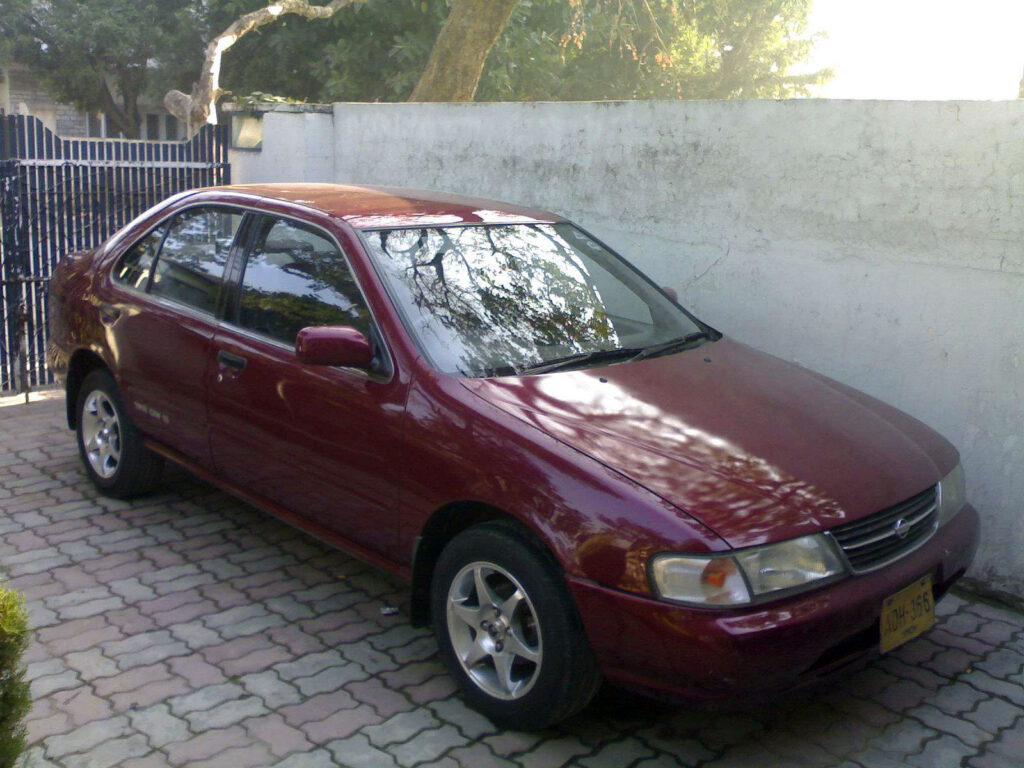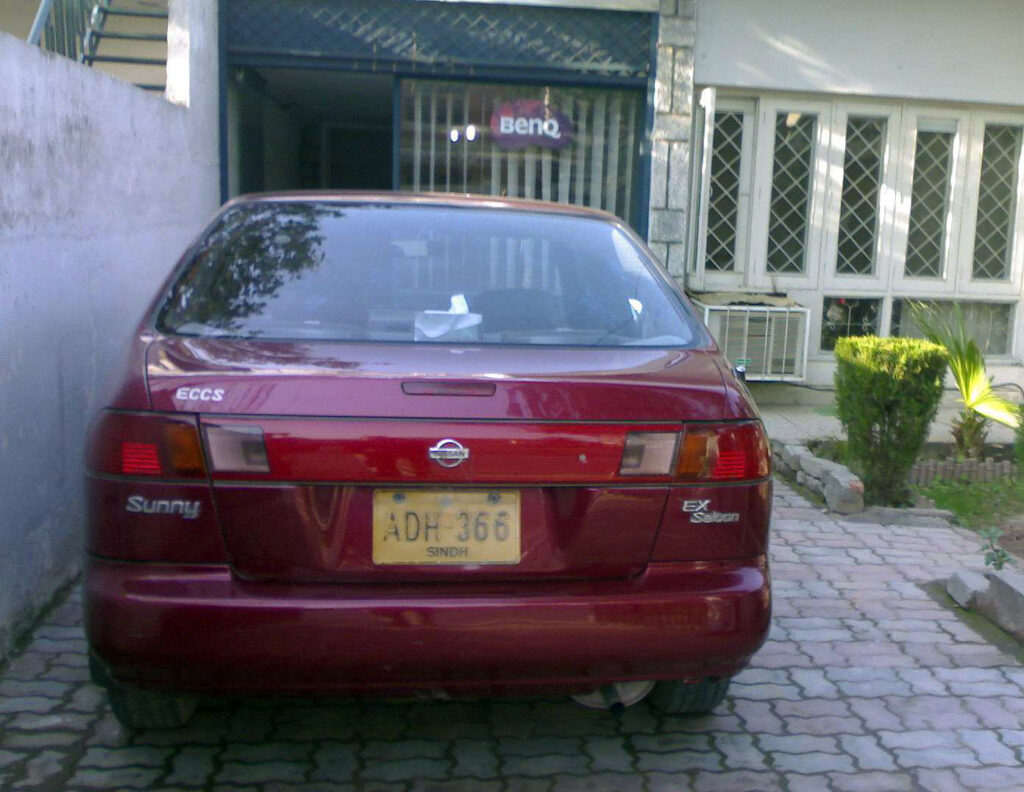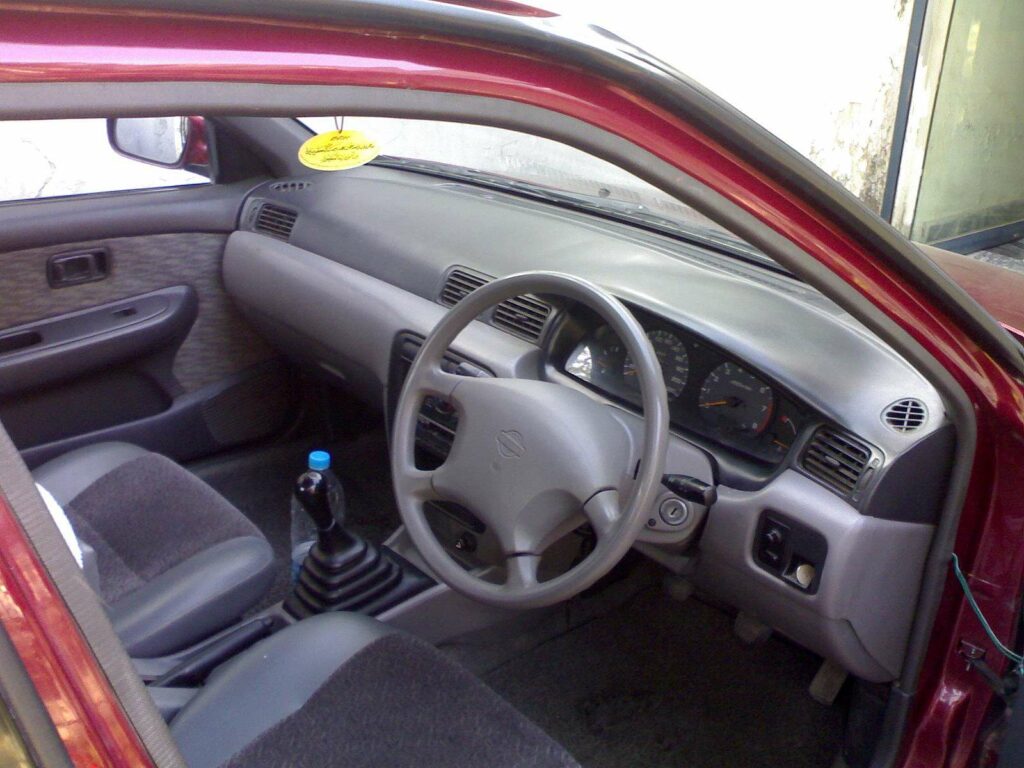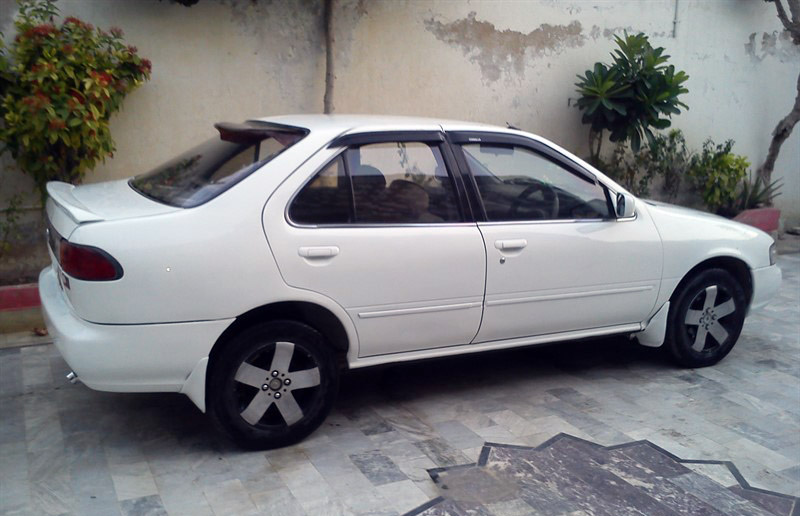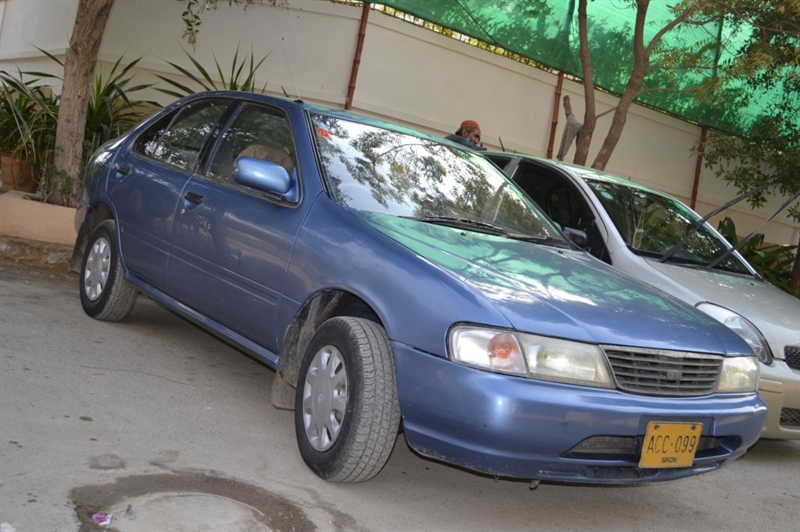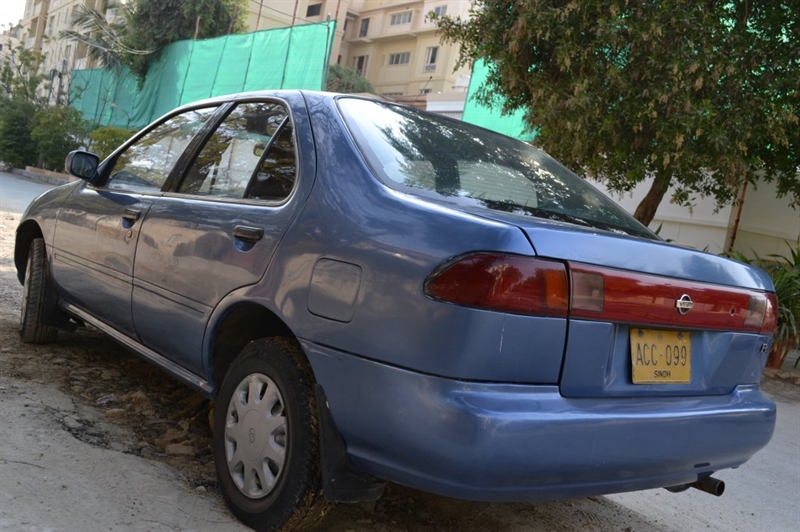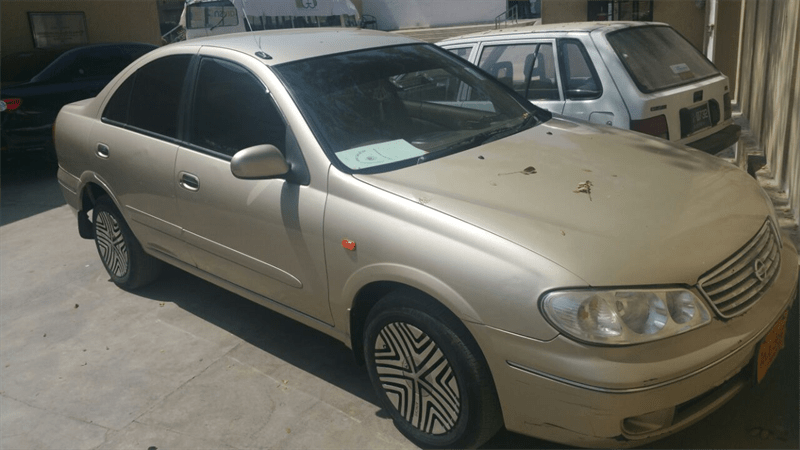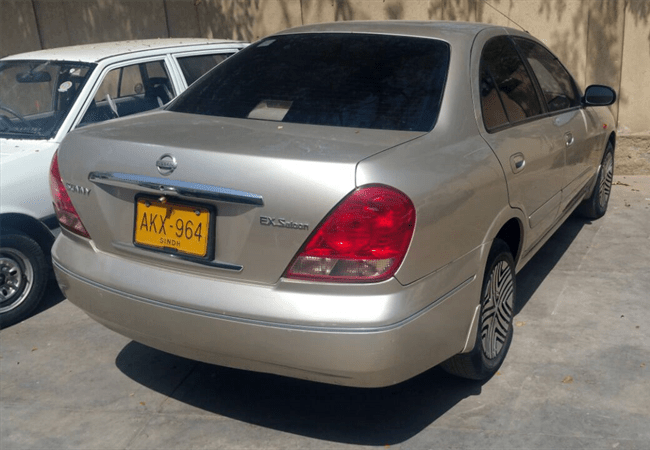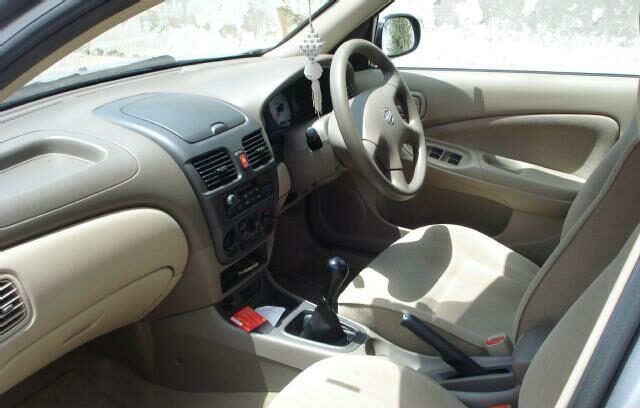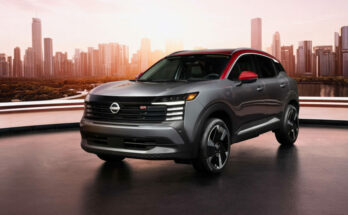Datsun was an automobile brand owned by Nissan since 1931. Between 1958 and 1986, vehicles exported by Nissan were identified as Datsun in international markets.
In our market, one of the first Datsun cars that came in the early 1960s was the Bluebird followed by the Sunny. Due to their efficiency, reliability and easy maintenance the Datsun cars were quick to rise to success in Pakistan. They were literally workhorses! Cars like the Datsun Bluebird, Datsun Sunny GL and the Datsun 120Y saw immense success in our country and dominated the roads for many decades. In fact, the Sunny GL which was a first-choice car for taxi cabs is still running on our roads in considerable numbers.
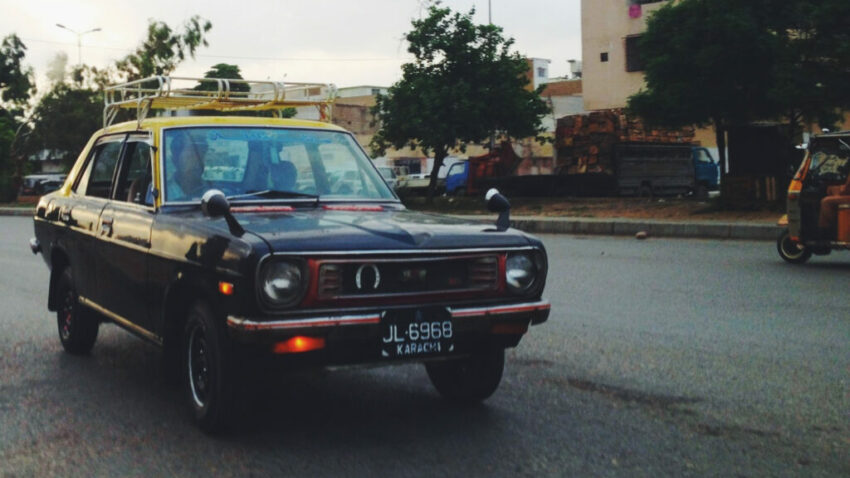
However in 1981, after selling 20 million cars in 190 countries around the world, Nissan decided to put an end to the Datsun brand. By 1986 Datsun brand was completely phased out with Nissan becoming the primary name for the company globally. Hence from 1981, the Datsun Sunny became Nissan Sunny.
Related: Remembering the Dependable Datsun Sunny 1200 GL
When the first Datsun Sunny debuted in 1966, it had a chassis code B10. Progressively the succeeding generations were designated as B110, B210 and B310. However to mark a new beginning of Sunny under the Nissan name, the 1981 Sunny was designated as B11. It was introduced in late 1981 at the Tokyo Motor Show, and was the first front-wheel-drive Sunny, beating the arch rival Toyota Corolla by a year and a half. The Corolla switched to front-wheel drive in 1983.
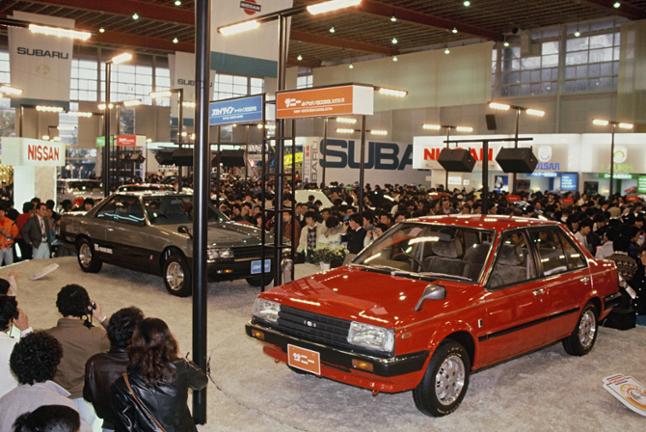
Along with a number of petrol engines, this was the first Sunny to be available with a diesel engine option. While the styling was a bit conservative, the claim to fame for Nissan Sunny of the 1980s in our market was the 1.0L engine. The 988cc E10 engine under its hood was good for 49hp and 73Nm and while it wasn’t a powerful engine, it was economical and resulted in tax benefits for the buyers.

Another plus point for Sunny was that it was surprisingly roomier from the inside. So with a 1.0L engine under its hood, the car with a spacious interior and an advantage of trunk catered two types of buyers. Those who wanted a 1.0L hatchback would consider the Sunny due to its generous size & capacity, while those who wanted a sedan were enticed towards Sunny due to its smaller engine giving tax benefits.
Related: The Lost Trend of Dual-Tone Colors in Mainstream Cars
The B11 Sunny also came with dual-tone colors, something which helped it stood out from the competition such as Mitsubishi Lancer, Honda Civic and Toyota Corolla which were visually more attractive than the Nissan.

A couple of years later a mild facelift arrived with refreshed grille, headlamps and revised tail lamps. As always, plenty of body configurations were available with Nissan Sunny however only sedan versions were mostly available in Pakistan. The B11 Sunny was replaced with B12 model in 1985.
Related: Remembering the Toyota Corona RT100
Introduced in September 1985 at the Tokyo Motor Show, the B12 Sunny started to appear in our market from 1986. Despite getting bigger in dimensions, the B12 retained squared-off styling, which had become rather unfashionable by the mid-1980s. This styling was insisted upon by Nissan’s design chief at that time and contributed to the automaker’s increasingly poor sales of the period.
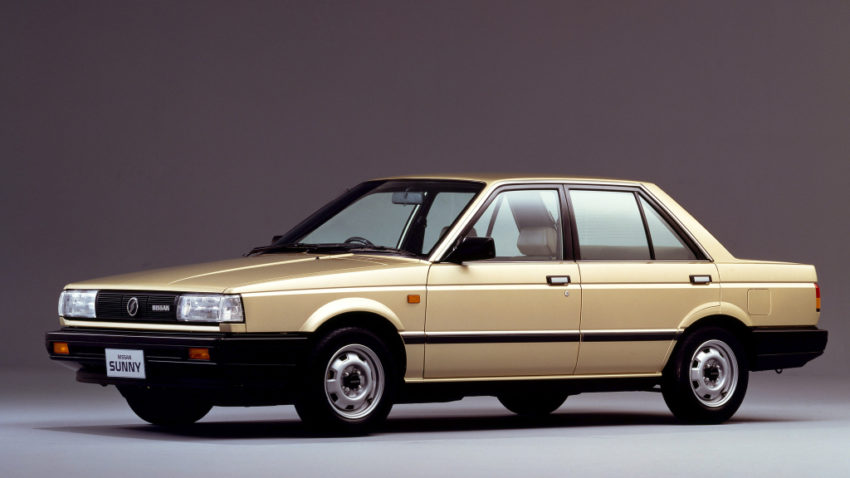
Thanks to larger dimensions, the B12 was even roomier than the B11 model it replaced. But just like the exterior, the interior design left a lot to be desired. Still the 1.0L versions remained popular with this generation too, despite the fact that 1.3L petrol and 1.7L CD17 diesel versions were also available.
Related: The Rise & Fall of Toyota Corona
Nissan Sunny always had a special place among those who had an experience of keeping the Datsun Sunny of 1960s and 70s, so the conservative styling wasn’t too much of a concern for them as long as the vehicle performed flawlessly, which it did.

In 1989 a facelift arrived with revised front & rear end whereas the engines & equipment remained same. The B12 was replaced in favor of B13 model in 1990 which began reaching in our market from 1991.
Related: Remembering Daewoo Racer- The Underrated Car of the 90s
The B13 was introduced in 1990 and retained many of the B12’s ideas but in a more rounded, up-to-date bod bring the Sunny closer to match the styling of 90s era. However it was a time when import restrictions were being enforced to bring the local industry on its feet, as Pak Suzuki’s Bin Qasim plant was inaugurated in 1991 and in subsequent years, Toyota and Honda made their entry. So the doors for imported cars including the Nissan Sunny was closed, that’s the reason why the B13 models were relatively lesser in numbers compared to the B11 and B12 models.
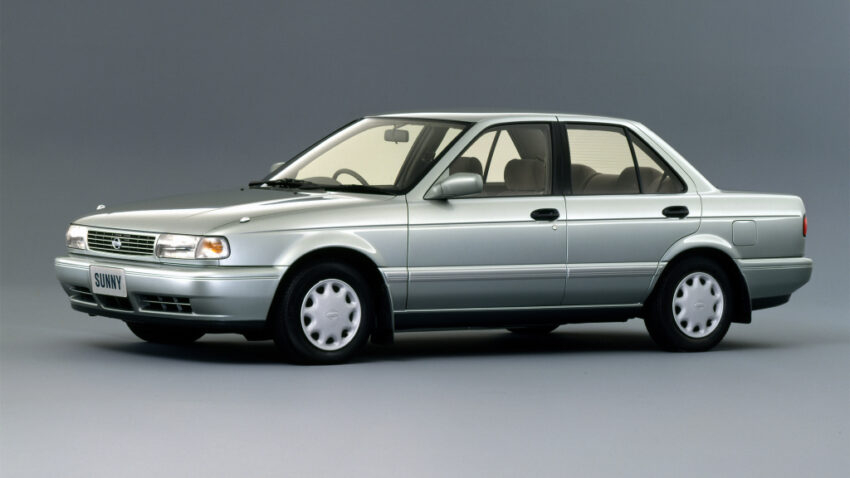
However the Yellow Cab scheme of the early 90s brought an influx of cars which later went into private use. Among an array of vehicle options was the B13 Nissan Sunny however the taxi models came equipped with diesel engine.
Related: Remembering Hyundai Excel from the 90s
However later in the 90s, Ghandhara Nissan tried penetrating the market with the local assembled B14 Sunny but wasn’t able to create any problems for its rivals. The B14 Sunny other than the Toyota Corolla (7th gen) was the only local assembled sedan to come equipped with a diesel engine option, still Ghandhara wasn’t able to tick the success.
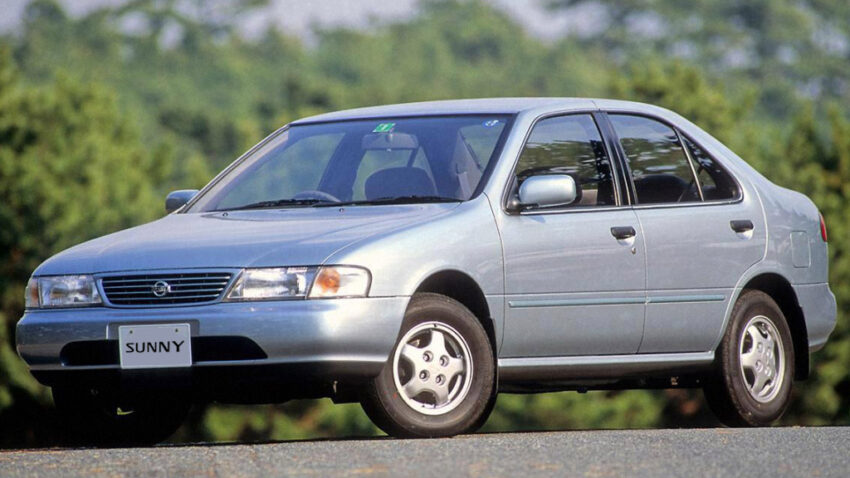
After the failure of B14 Sunny, Ghandhara against introduced the newer N16 Sunny as an import between 2005 and 2008. However the N16 Sunny which was assembled locally between 2009-2010 sold roughly around 1,000 units only before it was discontinued.
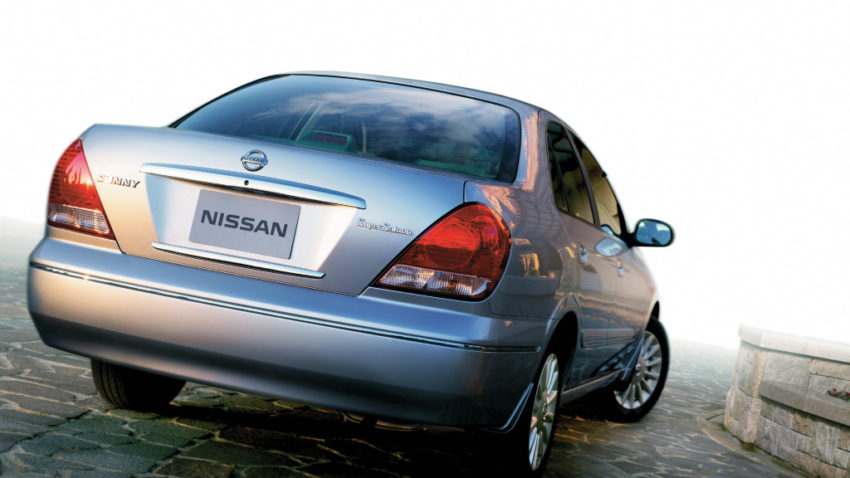
In 2016, there were reports that Ghandhara is planning to bring the N16 Sunny back to life since the Auto Policy 2016-21 was offering special incentives for the non-operational assembly plants, which are labeled as sick units. Gandhara Nissan’s assembly plant was among the non-operational production facilities in Pakistan. Later however the plan to introduce the Nissan Sunny N16 as well as the Datsun Go and Go+ models that were supposed to be launched by mid 2020 were scrapped due to financial troubles the parent company Nissan was battling with.
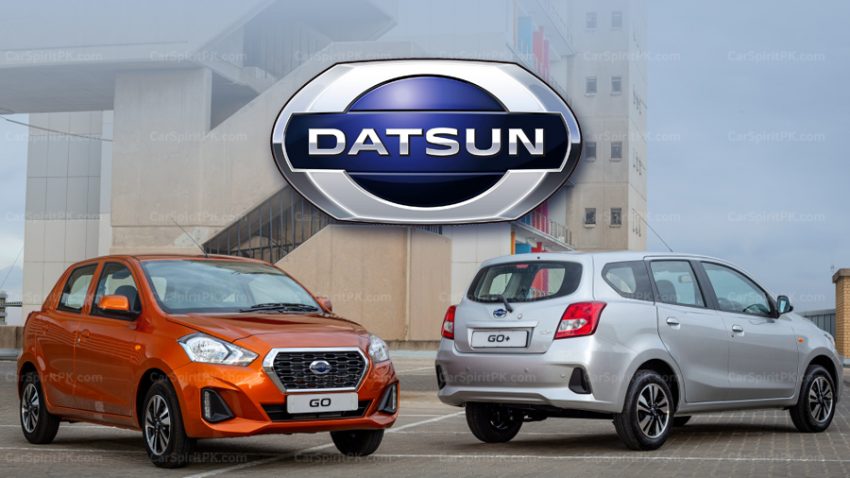
Ghandhara has now joined hands with the Chinese automaker Chery to sell its Tiggo range of crossovers in Pakistan. However they can still consider the new Nissan Sunny which is called as Almera in ASEAN and Versa in North American markets. Unlike its past competitors Toyota Corolla and Honda Civic which grew from being subcompact to compact cars, the Sunny is still a subcompact and now competes against the likes of Toyota Yaris and Honda City.
Related: Should Nissan Sunny Stage a Comeback?
However the good new is, it still comes with its proven recipe of success— a 1.0L engine. Sunny used to be a very trusted name back in the past and Ghandhara can always uplift their game with the introduction of this new & successful Nissan, which having a 1.0L turbo engine can gain tax benefits compared to other similar sized cars with 1.3L and 1.5L engines under their hoods.

Do you think Ghandhara should consider re-introducing the new Nissan Sunny in Pakistan? Let us know with your comments.
Various generation models of Nissan Sunny in Pakistan

A computer animation professional with over 23 years of industry experience having served in leading organizations, TV channels & production facilities in Pakistan. An avid car enthusiast and petrolhead with an affection to deliver quality content to help shape opinions. Formerly written for PakWheels as well as major publications including Dawn. Founder of CarSpiritPK.com



